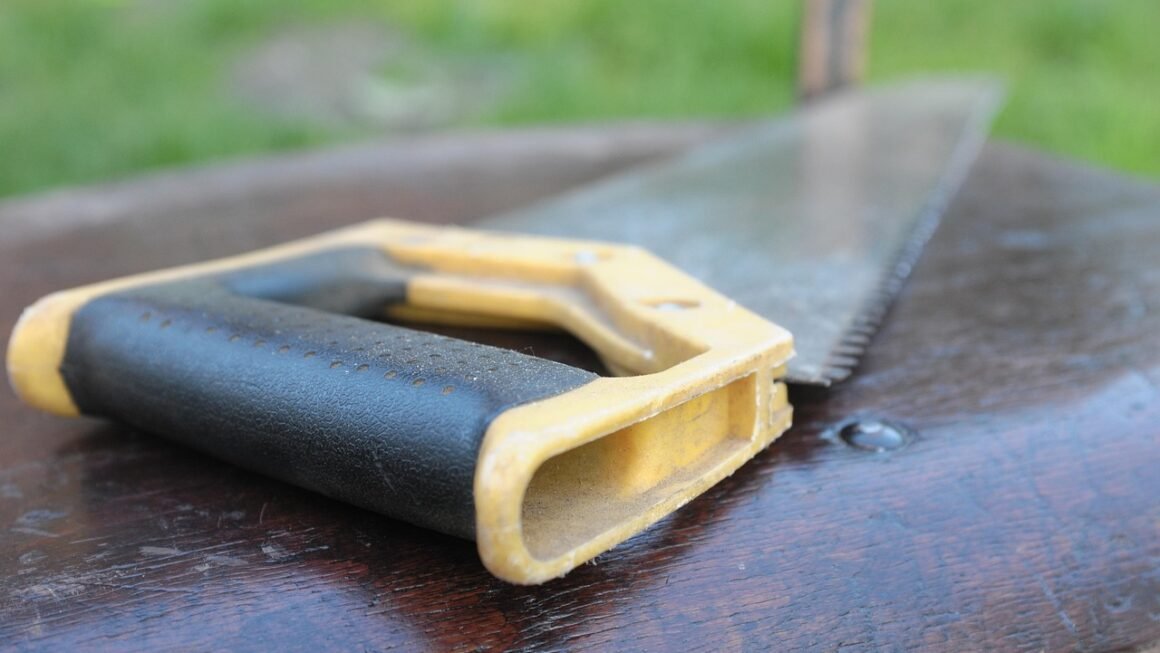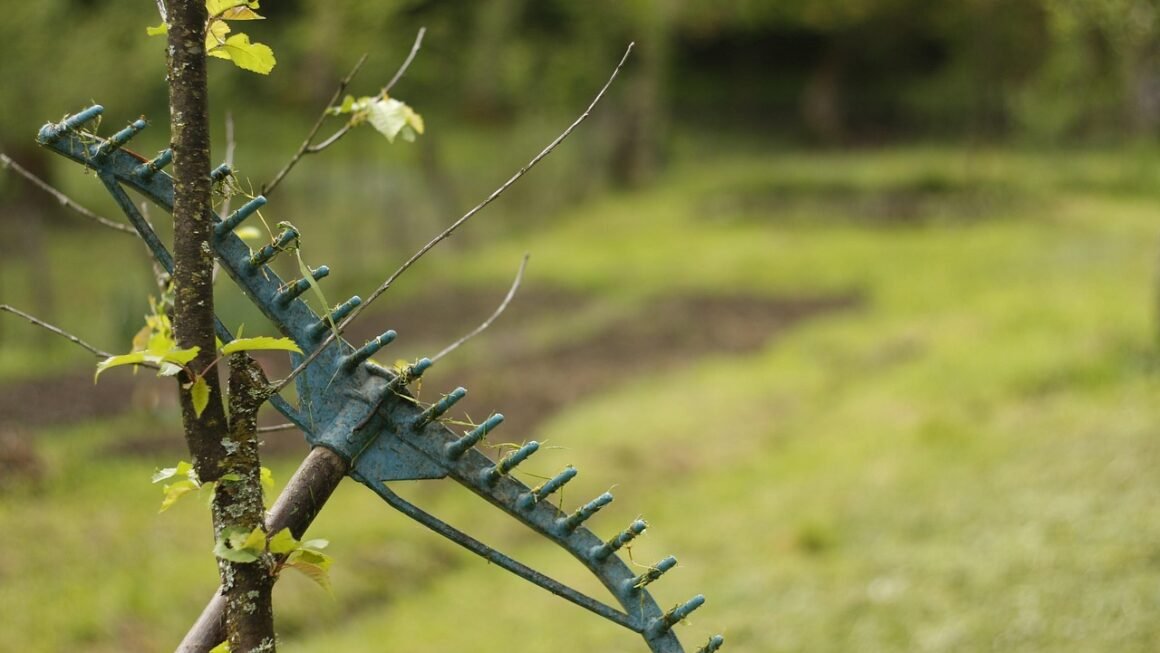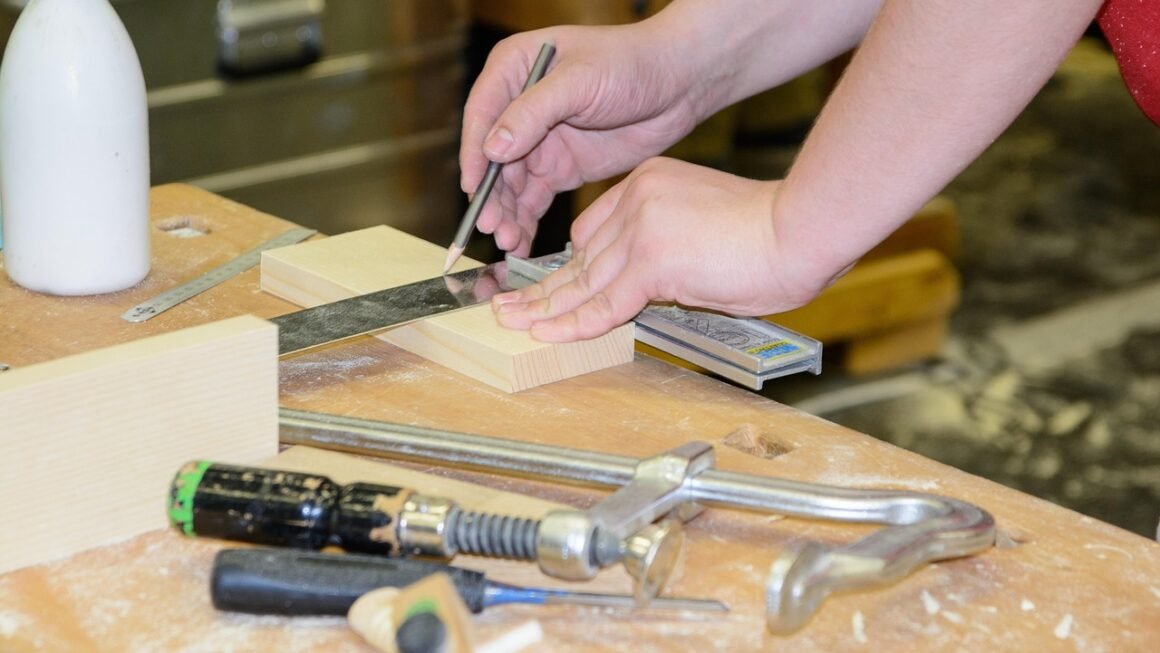A hand spade. It’s a small tool, often overlooked amidst the power tools and gleaming gadgets of the modern garden. Yet, this humble implement is a cornerstone of successful gardening, offering precision and control that larger tools simply can’t match. From planting delicate seedlings to weeding between tightly packed flowers, the right hand spade can make all the difference in achieving a thriving and beautiful garden.
What is a Hand Spade?
Definition and Purpose
A hand spade is a small, handheld digging tool, typically featuring a short handle and a flat, bladed head. It’s designed for tasks requiring finesse and accuracy in the garden, such as:
- Transplanting seedlings
- Digging small holes for bulbs or individual plants
- Weeding in tight spaces
- Loosening soil in containers
- Edging flower beds
Compared to larger spades or shovels, a hand spade offers superior control, allowing gardeners to work delicately around existing plants and avoid damaging roots.
Types of Hand Spades
While the basic design remains consistent, hand spades come in various shapes and materials to suit different needs:
- Traditional Hand Spade: Features a rounded or slightly pointed blade, ideal for general digging and planting.
- Transplanting Spade: Has a narrow, pointed blade, specifically designed for creating small holes for transplanting seedlings.
- Weeding Spade: Offers a longer, thinner blade for reaching into tight spaces and dislodging weeds at the root.
- Stainless Steel Spade: Durable and rust-resistant, making it a long-lasting investment.
- Carbon Steel Spade: Strong and affordable, but requires more maintenance to prevent rust.
Choosing the Right Hand Spade
Material Matters
The material of the blade significantly impacts the tool’s performance and longevity.
- Stainless Steel: Offers excellent rust resistance and durability, requiring minimal maintenance. Ideal for gardeners in damp climates.
- Carbon Steel: Provides superior strength and sharpness, but prone to rust if not properly cleaned and oiled after each use. Offers good value for money.
- Plastic: Lightweight and inexpensive, but less durable than steel options. Suitable for light-duty tasks and beginners.
Consider your budget, climate, and the types of tasks you’ll be performing when selecting the blade material.
Handle Design and Ergonomics
The handle’s design plays a crucial role in comfort and usability.
- Wooden Handles: Offer a classic look and feel, but can be susceptible to cracking and splintering if not properly cared for. Ash and hardwood are more durable options.
- Plastic Handles: Lightweight and weather-resistant, but can feel less comfortable than wooden handles.
- Ergonomic Handles: Designed to reduce strain on the wrist and hand, particularly beneficial for gardeners with arthritis or other joint issues. Look for features like cushioned grips and angled designs.
Always try out a hand spade before purchasing it to ensure a comfortable and secure grip.
Size and Weight
The ideal size and weight of a hand spade will depend on your hand size and the type of tasks you plan to perform.
- Smaller Spades: Suitable for delicate tasks like transplanting seedlings and weeding in tight spaces.
- Larger Spades: Better for digging larger holes or loosening compacted soil.
- Lightweight Spades: Reduce fatigue during extended use, particularly beneficial for gardeners with limited strength.
Choose a spade that feels balanced and comfortable in your hand.
Using a Hand Spade Effectively
Planting and Transplanting
- Use a transplanting spade to create a hole slightly larger than the root ball of the plant.
- Gently loosen the soil at the bottom of the hole to encourage root growth.
- Carefully place the plant in the hole and backfill with soil, ensuring the top of the root ball is level with the surrounding soil.
- Water thoroughly to settle the soil and remove air pockets.
Weeding
- Use a weeding spade to carefully loosen the soil around the base of the weed.
- Grasp the weed firmly near the base and gently pull it out of the ground, ensuring you remove the entire root system.
- Dispose of the weeds in a compost bin or yard waste bag.
Soil Preparation
- Use a hand spade to loosen compacted soil in flower beds or containers.
- Mix in compost or other amendments to improve soil drainage and fertility.
- Break up clumps of soil to create a fine, crumbly texture that is ideal for planting.
Maintaining Your Hand Spade
Cleaning and Storage
Proper maintenance will extend the life of your hand spade and keep it performing optimally.
- Clean: After each use, remove soil and debris from the blade with a brush or cloth.
- Dry: Thoroughly dry the blade to prevent rust.
- Oil: Apply a thin coat of oil to the blade to protect it from corrosion.
- Sharpen: Regularly sharpen the blade with a file or sharpening stone to maintain its cutting edge.
- Store: Store the hand spade in a dry, sheltered location to protect it from the elements.
Regular maintenance will ensure your hand spade remains a reliable tool for years to come. According to a survey conducted by the National Gardening Association, gardeners who regularly maintain their tools report a 20% increase in gardening efficiency.
Conclusion
The hand spade is a small but mighty tool that deserves a place in every gardener’s toolkit. By understanding the different types of hand spades, choosing the right one for your needs, and properly maintaining it, you can unlock a new level of precision and control in your gardening endeavors. From planting delicate seedlings to weeding between tightly packed flowers, the hand spade will become an indispensable tool for achieving a thriving and beautiful garden. So, invest in a quality hand spade today and experience the difference it can make!




